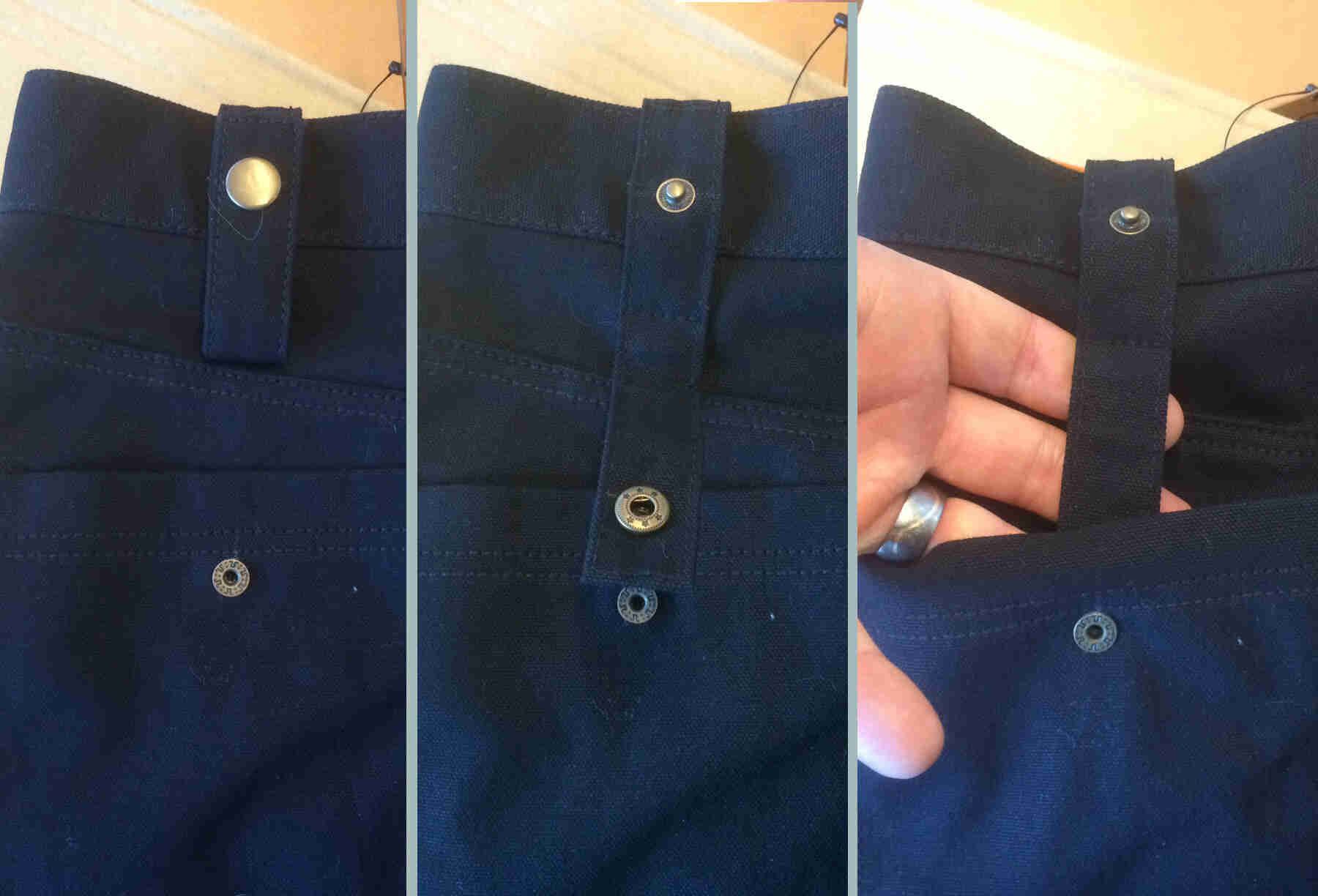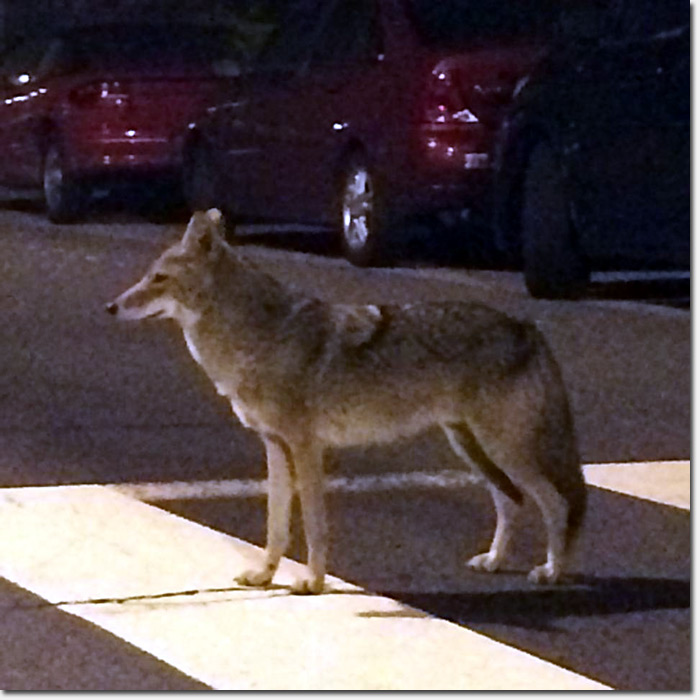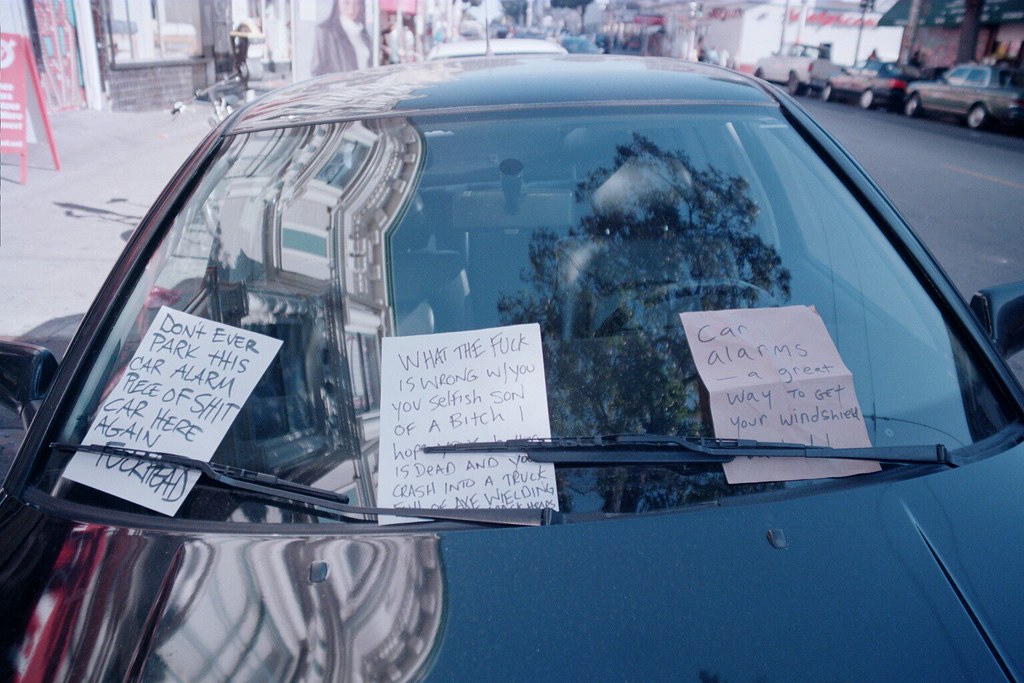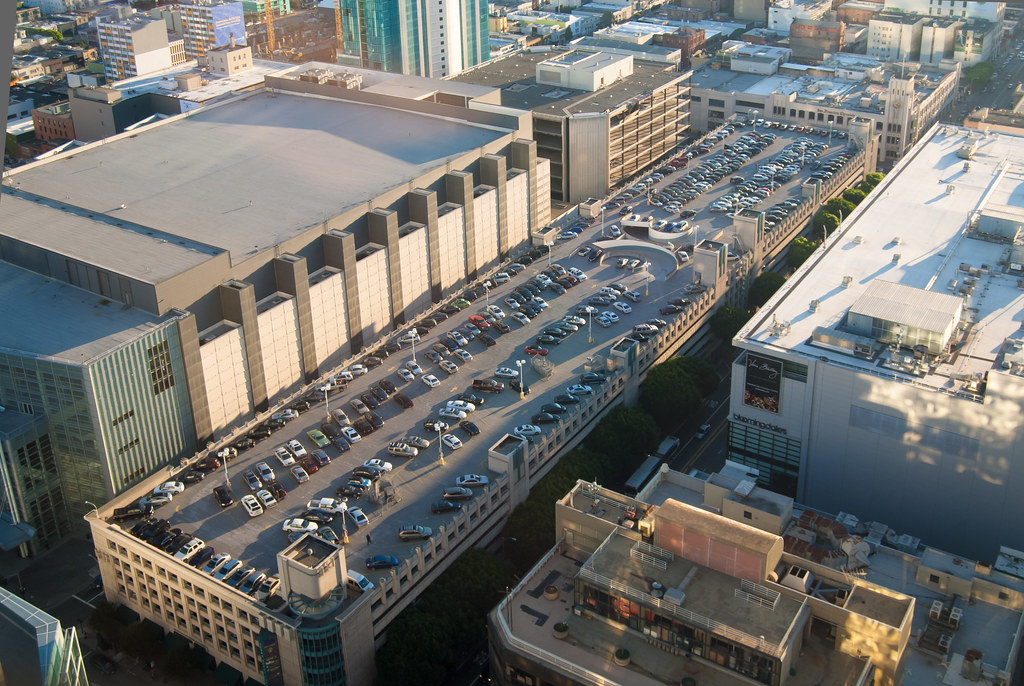
Streetsblog reader Dan Crosby reported some progress in clearing up the hairball bike bridge. But how long will it last? Photo: Streetsblog.
On Tuesday, Streetsblog followed up on a report from Dan Crosby, a bike commuter who rides the hairball, about how the westbound bike bridge had become almost completely obstructed by the homeless. Streetsblog reached out to several agencies and the mayor about it.
And a day later the encampment that was blocking the bike lane, and most of the trash, was gone (see above photo)!
“…it was almost totally clear today. Two shopping carts, two people sitting, and one trying to ride a bike while rolling two others, but no tents. Kudos!” wrote Crosby of his commute on Thursday. Indeed, when Streetsblog set out later the same day to investigate, the bridge was even clearer than Crosby reported.
So what happened? Does the Mayor’s office respond that quickly to the staggering power of a Streetsblog report?
“No, we’ve been working on this,” explained Sam Dodge, Deputy Director of the Department of Homelessness & Supportive Housing for San Francisco, who connected by phone with Streetsblog yesterday afternoon. “There was a neighbor who had been reaching out to us about this…we got some emails referred from Supervisor Campos’s office on August 16. I reached out to the homeless outreach team.” And as Dodge had explained in a previous email to Streetsblog: “We have been working in the area with Homeless Outreach regularly. We had noted the potentially dangerous situation and had been offering assistance to those encamping on the bike path and working with Public Works to help clear the right of way.”
As previously reported, the homeless encampment moves onto the bridge when Caltrans comes through to clean the grounds below. When Streetsblog did its follow-up reconnoiter of the area, there was, indeed, a Caltrans crew below the freeway.

A Caltrans crew was taking a break from cleaning the area around and beneath the hairball this morning. Photo: Streetsblog.
The crew members were emphatic about not giving names to the press, but one of the workers who would only identify himself as “Joe Blow”–yes, seriously–explained that every Thursday they come in and clean up, which includes chasing the homeless off of Caltrans property. He confirmed the homeless often just end up moving to San Francisco property, where Caltrans doesn’t have jurisdiction. So the city’s recent efforts to keep the bike bridge clear may not stick. Although “Blow” did say they try to clear them off the bike paths as well, sometimes working with San Francisco Public Works.
That said, it’s apparent where the latest round of human “whack-a-mole,” as the homeless advocates call it, had sent the encampment.

Although the bridge is clear, the encampment along the northbound offramp has grown. Photo: Streetsblog.
And another homeless person set up camp on the street near this ramp, in what looks like an extremely dangerous area:
Dodge, meanwhile, is very familiar with the homeless situation on the Hairball and has been to the site several times. He said that, sadly, it has been pretty consistent over the past 16 years or so that he’s been monitoring it. He also confirmed the concerns of some Streetsblog commentators, that the area isn’t safe. “There’s been a lot of incidents of violence there,” he said. “People get into fights and end up rolling out into the streets.”
As to the suggestion, made by homeless advocates, that tents and security and water should be provided, along with counselling, Dodge said Caltrans has been emphatic that they don’t want residential communities on their property. He also isn’t convinced it’s the right solution. “I worked closely with Seattle and Portland and Eugene, and they’ve done some experiments with tolerated, supportive or legalized encampments. The advice I’ve gotten is it’s very hard; the success rate for people moving out of them are super low. It wasn’t a good program,” he said.
Dodge prefers that the city continue to expand its homeless “Navigation” centers. “We should really spend our efforts trying to find indoor locations with access to electricity and water,” he said. In the meantime, he said cyclists and the homeless will need to find ways to co-exist.
Caltrans, meanwhile, should be mindful that cyclists still need to use these paths even when they are cleaning them.

The homeless are cleared off the bike paths. But Caltrans workers piled trash bags on the east bound bike path. Photo: Streetsblog.


























